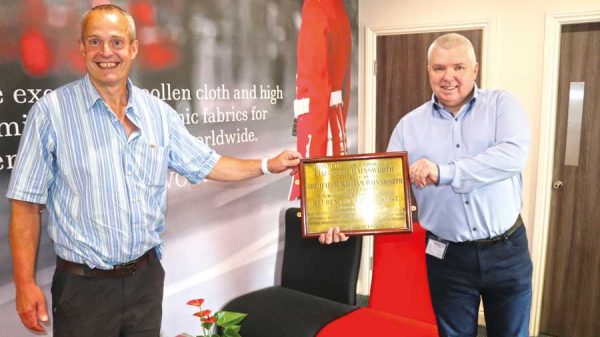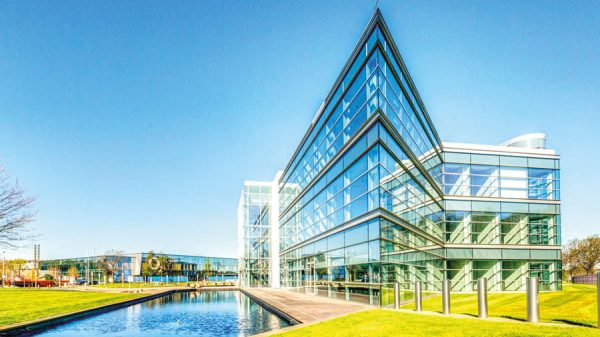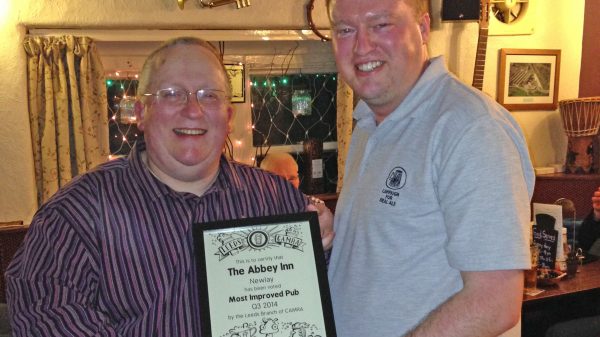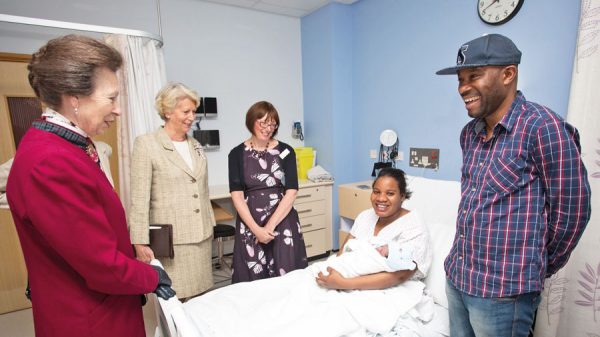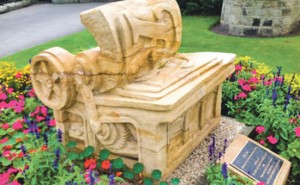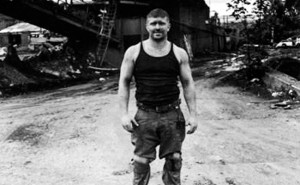An 18th century precision pendulum Harrison Clock, which played a valuable role in helping to solve one of the greatest scientific challenges of the age, is now on permanent display at Leeds City Museum.Harrison Clock
Built by famous clockmaker John Harrison and his brother in 1727, the longcase clock No.2, will be showcased, as part of the ‘John Harrison, the Clockmaker who changed the world’ display which will celebrate the timepiece’s contribution to accurately determining longitude at sea.
This complements the displays at the Royal Observatory, Greenwich (part of the National Maritime Museum) that are dedicated to navigation, precision timekeeping and John Harrison. It is the only display outside of London about John Harrison, and, by chance, is near to his birthplace, Foulby, Wakefield.
Councillor Lucinda Yeadon, Leeds City Council’s executive member for leisure & skills said:
“Accurately determining longitude at sea was a question that baffled scientists and experts for many centuries, and this new exhibition at Leeds City Museum will enable visitors to see one of John Harrison’s precision pendulum clocks, that played a valuable role in helping to solve the problem.
“This is a fantastic opportunity to learn more about Harrison’s work and his quest to find an answer to one of the greatest scientific challenges, and also to find out if you have what it takes through an interactive game, to navigate and avoid getting lost at sea.” Harrison Clock Leeds City Museum Harrison Clock Leeds City Museum Harrison Clock Leeds City Museum Harrison Clock Leeds City Museum Harrison Clock Leeds City Museum
Visit Royal Museums Greenwich
Longitude found: John Harrison
John Harrison came to London in about 1727–28 looking for support and the rewards promised by the 1714 Longitude Act. He began with Edmond Halley, second Astronomer Royal and a Commissioner of Longitude, who received him warmly at Greenwich but felt unable to judge his work and so sent him to clockmaker George Graham.
Harrison’s first clock, H1
For the next few years Harrison worked in Barrow upon Humber on a marine timekeeper, now known as H1, probably helped by his brother, James. After testing the clock on the river Humber, Harrison proudly brought it to London in 1735 and installed it in Graham’s workshop to be shown to London’s scientific community. At last, it seemed, here was a timekeeper that might be used to determine longitude at sea. A trial was called for.
H4, The sea watch
In about 1751–52 Harrison commissioned John Jefferys to make a watch with a radically new type of balance. It worked well so Harrison incorporated it into his fourth longitude timekeeper, H4. While it looked like a large pocket watch, H4 was quite different. The secret can be heard in its rapid ticking, five times a second, since its large balance beats more quickly and with larger oscillations than a typical watch.
In 1761 the Commissioners gave permission for John’s son, William, to prepare for a voyage to Jamaica to trial the watch. The trial seemed to go well. On the way out, William used it to predict an earlier landfall at Madeira than the crew were expecting, so impressing the captain that he asked to buy their next timekeeper.

